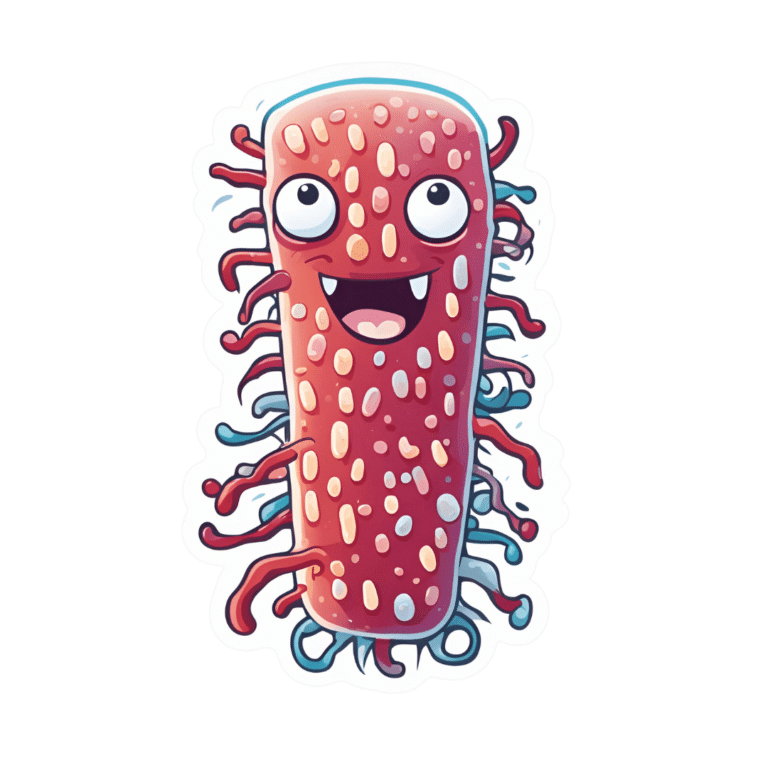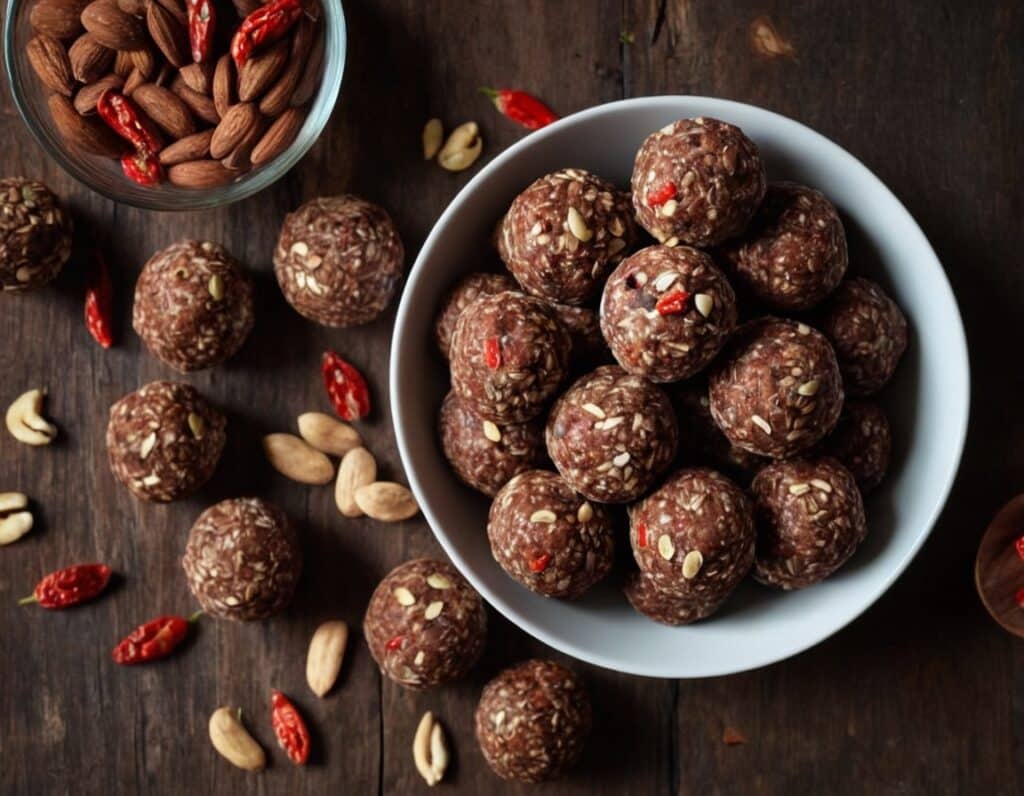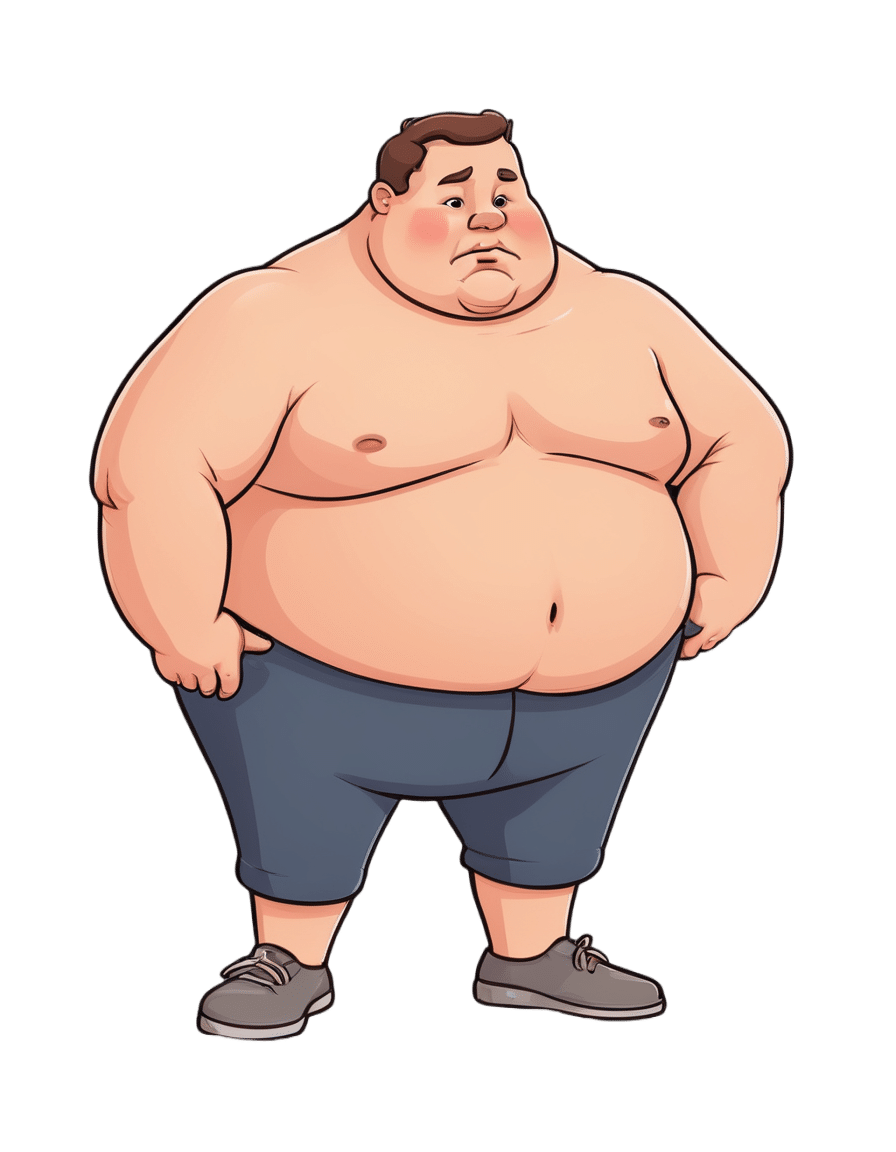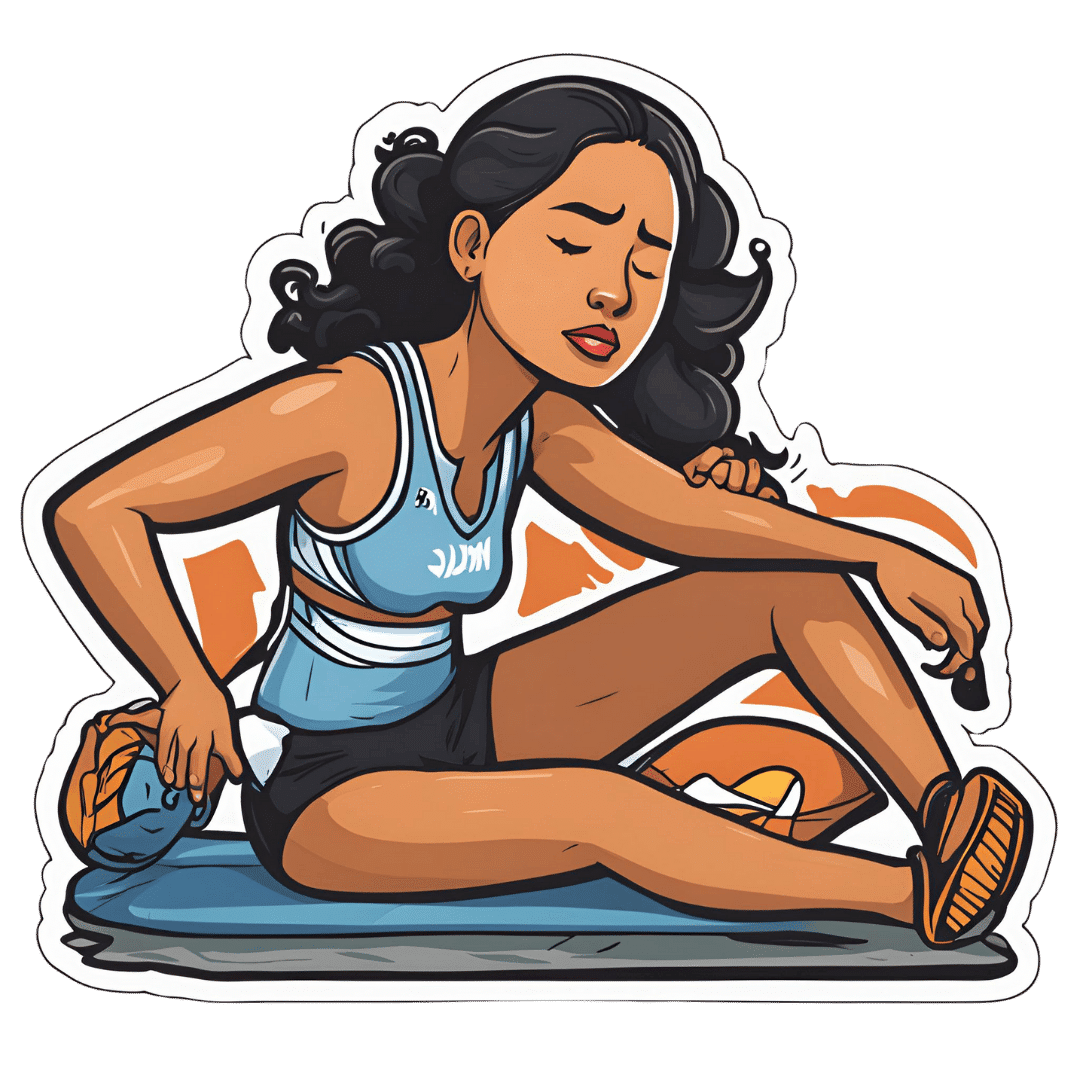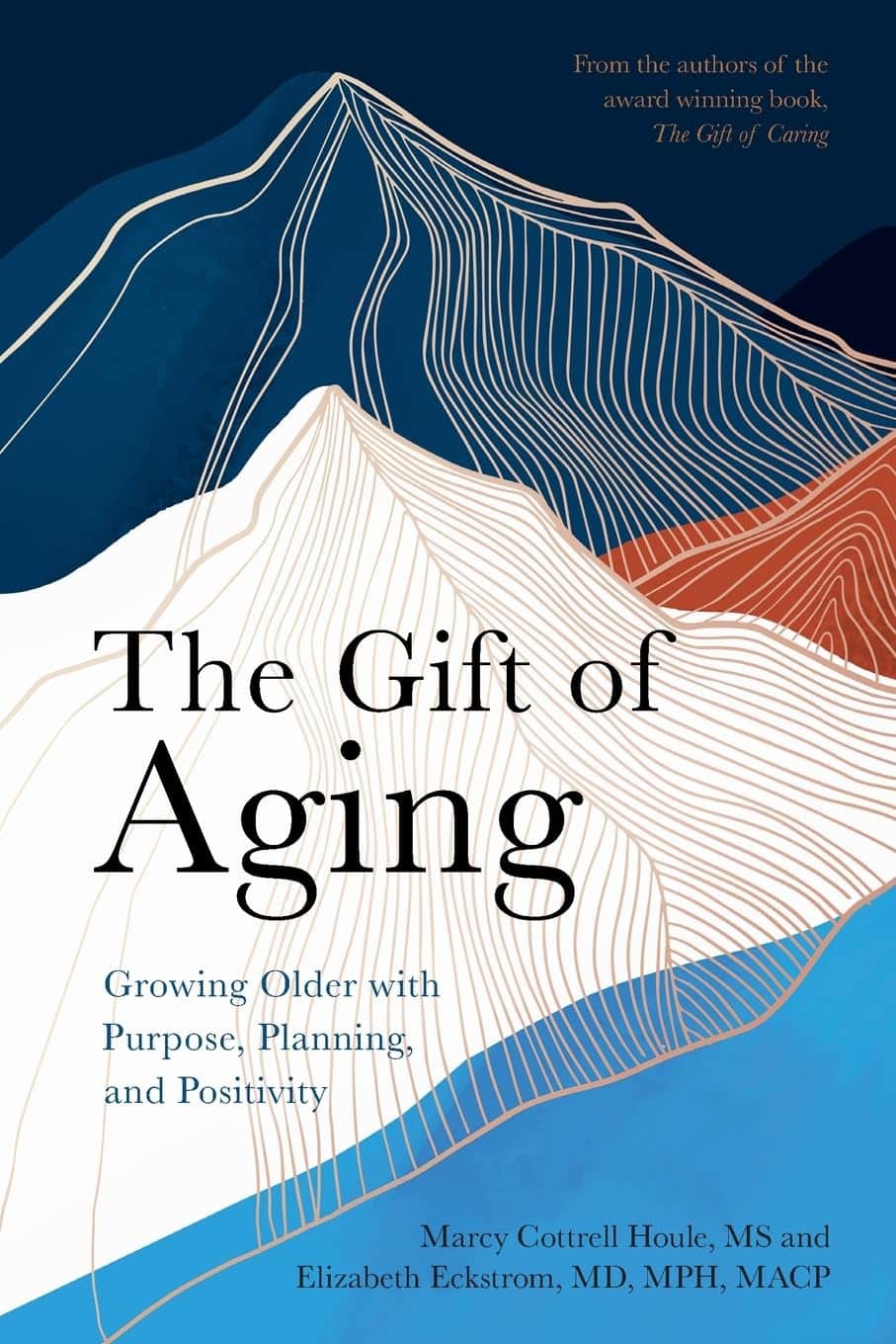
Reading At Night: Good Or Bad For Sleep? And Other Questions
10almonds is reader-supported. We may, at no cost to you, receive a portion of sales if you purchase a product through a link in this article.
It’s Q&A Day at 10almonds!
Have a question or a request? You can always hit “reply” to any of our emails, or use the feedback widget at the bottom!
In cases where we’ve already covered something, we might link to what we wrote before, but will always be happy to revisit any of our topics again in the future too—there’s always more to say!
As ever: if the question/request can be answered briefly, we’ll do it here in our Q&A Thursday edition. If not, we’ll make a main feature of it shortly afterwards!
So, no question/request too big or small
❝Would be interested in your views about “reading yourself to sleep”. I find that current affairs magazines and even modern novels do exactly the opposite. But Dickens – ones like David Copperfield and Great Expectations – I find wonderfully effective. It’s like entering a parallel universe where none of your own concerns matter. Any thoughts on the science that may explain this?!❞
Anecdotally: this writer is (like most writers) a prolific reader, and finds reading some fiction last thing at night is a good way to create a buffer between the affairs of the day and the dreams of night—but I could never fall asleep that way, unless I were truly sleep-deprived. The only danger is if I “one more chapter” my way deep into the night! For what it’s worth, bedtime reading for me means a Kindle self-backlit with low, soft lighting.
Scientifically: this hasn’t been a hugely researched area, but there are studies to work from. But there are two questions at hand (at least) here:
- one is about reading, and
- the other is about reading from electronic devices with or without blue light filters.
Here’s a study that didn’t ask the medium of the book, and concluded that reading a book in bed before going to sleep improved sleep quality, compared to not reading a book in bed:
Here’s a study that concluded that reading on an iPad (with no blue light filter) that found no difference in any metrics except EEG (so, there was no difference on time spent in different sleep states or sleep onset latency), but advised against it anyway because of the EEG readings (which showed slow wave activity being delayed by approximately 30 minutes, which is consistent with melatonin production mechanics):
Here’s another study that didn’t take EEG readings, and/but otherwise confirmed no differences being found:
We’re aware this goes against general “sleep hygiene” advice in two different ways:
- General advice is to avoid electronic devices before bedtime
- General advice is to not do activities besides sleep (and sex) in bed
…but, we’re committed to reporting the science as we find it!
Enjoy!
Don’t Forget…
Did you arrive here from our newsletter? Don’t forget to return to the email to continue learning!
Recommended
Learn to Age Gracefully
Join the 98k+ American women taking control of their health & aging with our 100% free (and fun!) daily emails:
-
12 Things Your Urine Says About Your Health (Test At Home)
10almonds is reader-supported. We may, at no cost to you, receive a portion of sales if you purchase a product through a link in this article.
Urine has been used to assess health since Ancient Egypt (fun fact: because of Egyptian language having multiple sounds that get transliterated to “a” in English, the condition of passing blood in one’s urine was known as “Aaaaa” ← this word has three syllables; “Aa-a-aa”).
Modern techniques are more advanced than those of times past (for example, diabetes is no longer diagnosed by a urine taste-test), but basic urine inspection is still a very useful indicator of many things. Recognizing changes in urine can even help detect life-threatening conditions early:
Traffic lights?
How urine works: water that we consume is absorbed into the bloodstream and filtered by the kidneys. Urine is essentially blood with actual the blood cells filtered out and/or broken down. The yellow color comes from urochrome, produced during red blood cell breakdown. Here’s how things can happen a little differently:
- Fluorescent yellow: caused by excess vitamin B2 from supplements; harmless.
- Red urine: can indicate blood (bladder cancer, UTIs), hemoglobin, or myoglobin; seek medical attention.
- Dark brown/tea-colored urine: may result from muscle damage or blood cell destruction; requires evaluation.
- Orange urine: caused by dehydration, medications, or liver/bile duct issues (if paired with pale stools).
- Purple urine: UTI bacteria produce pigments that can cause this; treatable with antibiotics.
- Green urine: rare; caused by medications or dyes like methylene blue.
- Frothy/foamy urine: indicates high protein levels, often from kidney damage (e.g. per diabetes and/or hypertension).
- Crystal-clear urine: suggests overhydration, which can dangerously lower sodium levels.
- Dark yellow/amber urine: may mean dehydration; drink more water to maintain a light yellow color.
- Not peeing enough: may indicate severe dehydration or kidney failure; urgent medical attention needed.
- Peeing too much: often linked to diabetes or excessive water intake; can lead to dehydration or low sodium.
- Color-changing urine: port wine color signals porphyria; black urine indicates alkaptonuria (oxidation of homogentisic acid). Both are serious.
Bonus: if you eat a lot of beetroot and then your urine is pink/red/purple, that’s probably just the pigments passing through. If it persists though, then of course, see above.
For more on each of these, enjoy:
Click Here If The Embedded Video Doesn’t Load Automatically!
Want to learn more?
You might also like to read:
Why You Don’t Need 8 Glasses Of Water Per Day
Take care!
Share This Post
-
Superfood Energy Balls
10almonds is reader-supported. We may, at no cost to you, receive a portion of sales if you purchase a product through a link in this article.
They are healthy, they are tasty, they are convenient! Make some of these and when you need an energizing treat at silly o’clock when you don’t have time to prepare something, here they are, full of antioxidants, vitamins and minerals, good for blood sugars too, and ready to go:
You will need
- 1 cup pitted dates
- 1 cup raw mixed nuts
- ¼ cup goji berries
- 1 tbsp cocoa powder
- 1 tsp chili flakes
Naturally, you can adjust the spice level if you like! But this is a good starter recipe.
Method
(we suggest you read everything at least once before doing anything)
1) Blend all the ingredients in a good processor to make a dough
2) Roll the dough into 1″ balls; you should have enough dough for about 16 balls. If you want them to be pretty, you can roll them in some spare dry ingredients (e.g. chopped nuts, goji berries, chili flakes, seeds of some kind, whatever you have in your kitchen that fits the bill).
3) Refrigerate for at least 1–2 hours, and serve! They can also be kept in the fridge for at least a good while—couldn’t tell you how long for sure though, because honestly, they’ve never stayed that long in the fridge without being eaten.
Enjoy!
Want to learn more?
For those interested in some of the science of what we have going on today:
- Dates vs Figs – Which is Healthier?
- Why You Should Diversify Your Nuts!
- Goji Berries: Which Benefits Do They Really Have?
- The Sugary Food That Lowers Blood Sugars
- Enjoy Bitter Foods For Your Heart & Brain
- Capsaicin’s Hot Benefits
Take care!
Share This Post
-
Shedding Some Obesity Myths
10almonds is reader-supported. We may, at no cost to you, receive a portion of sales if you purchase a product through a link in this article.
Let’s shed some obesity myths!
There are a lot of myths and misconceptions surrounding obesity… And then there are also reactive opposite myths and misconceptions, which can sometimes be just as harmful!
To tackle them all would take a book, but in classic 10almonds style, we’re going to put a spotlight on some of the ones that might make the biggest difference:
True or False: Obesity is genetically pre-determined
False… With caveats.
Some interesting results have been found from twin studies and adoption studies, showing that genes definitely play some role, but lifestyle is—for most people—the biggest factor:
- The body-mass index of twins who have been reared apart
- An adoption study of human obesity
- Using a sibling-adoption design to parse genetic and environmental influences on children’s body mass index
In short: genes predispose; they don’t predetermine. But that predisposition alone can make quite a big difference, if it in turn leads to different lifestyle factors.
But upon seeing those papers centering BMI, let’s consider…
True or False: BMI is a good, accurate measure of health in the context of bodyweight
False… Unless you’re a very large group of thin white men of moderate height, which was the demographic the system was built around.
Bonus information: it was never intended to be used to measure the weight-related health of any individual (not even an individual thin white man of moderate height), but rather, as a tool to look at large-scale demographic trends.
Basically, as a system, it’s being used in a way it was never made for, and the results of that misappropriation of an epidemiological tool for individual health are predictably unhelpful.
To do a deep-dive into all the flaws of the BMI system, which are many, we’d need to devote a whole main feature just to that.
Update: we have now done so!
Here it is: When BMI Doesn’t Measure Up
True or False: Obesity does not meaningfully impact more general health
False… In more ways than one (but there are caveats)
Obesity is highly correlated with increased risk of all-cause mortality, and weight loss, correspondingly, correlates with a reduced risk. See for example:
So what are the caveats?
Let’s put it this way: owning a horse is highly correlated with increased healthy longevity. And while owning a horse may come with some exercise and relaxation (both of which are good for the health), it’s probably mostly not the horse itself that conveys the health benefits… it’s that someone who has the resources to look after a horse, probably has the resources to look after their own health too.
So sometimes there can be a reason for a correlation (it’s not a coincidence!) but the causative factor is partially (or in some cases, entirely) something else.
So how could this play out with obesity?
There’s a lot of discrimination in healthcare settings, unfortunately! In this case, it often happens that a thin person goes in with a medical problem and gets treated for that, while a fat person can go in with the same medical problem and be told “you should try losing some weight”.
Top tip if this happens to you… Ask: “what would you advise/prescribe to a thin person with my same symptoms?”
Other things may be more systemic, for example:
When a thin person goes to get their blood pressure taken, and that goes smoothly, while a fat person goes to get their blood pressure taken, and there’s not a blood pressure cuff to fit them, is the problem the size of the person or the size of the cuff? It all depends on perspective, in a world built around thin people.
That’s a trivial-seeming example, but the same principle has far-reaching (and harmful) implications in healthcare in general, e.g:
- Surgeons being untrained (and/or unwilling) to operate on fat people
- Getting a one-size-fits-all dose that was calculated using average weight, and now doesn’t work
- MRI machines are famously claustrophobia-inducing for thin people; now try not fitting in it in the first place
…and so forth. So oftentimes, obesity will be correlated with a poor healthcare outcome, where the problem is not actually the obesity itself, but rather the system having been set up with thin people in mind.
It would be like saying “Having O- blood type results in higher risks when receiving blood transfusions”, while omitting to add “…because we didn’t stock O- blood”.
True or False: to reduce obesity, just eat less and move more!
False… Mostly.
Moving more is almost always good for most people. When it comes to diet, quality is much more important than quantity. But these factors alone are only part of the picture!
But beyond diet and exercise, there are many other implicated factors in weight gain, weight maintenance, and weight loss, including but not limited to:
- Disrupted sleep
- Chronic stress
- Chronic pain
- Hormonal imbalances
- Physical disabilities that preclude a lot of exercise
- Mental health issues that add (and compound) extra levels of challenge
- Medications that throw all kinds of spanners into the works with their side effects
…and even just those first two things, diet and exercise, are not always so correlated to weight as one might think—studies have found that the difference for exercise especially is often marginal:
Read: Widespread misconceptions about obesity ← academic article in the Journal of the College of Family Physicians of Canada
Share This Post
Related Posts
-
When Bad Joints Stop You From Exercising (5 Things To Change)
10almonds is reader-supported. We may, at no cost to you, receive a portion of sales if you purchase a product through a link in this article.
The first trick to exercising with bad joints is to have better joints.
Now, this doesn’t necessarily mean you can take a supplement and magically your joint problems will be cured, but there are adjustable lifestyle factors that can and will make things relatively better or worse.
We say “and will”, because you don’t get a choice in that part. Everything we do, every little choice in our day, makes our health a little better or a little worse in some aspect(s). But we do get a choice between “relatively better” and “relatively worse”.
With that in mind, do check out:
- Avoiding/Managing Osteoarthritis
- Avoiding/Managing Rheumatoid Arthritis
- How To Really Look After Your Joints
Ok, you have bad joints though; what next?
Let’s assume you’re doing your best with the above, and/or have simply decided not to, which is your call. You know your circumstances best. Either way, your joints are still not in sufficiently good condition to be able to exercise the way you’d like.
First, the obvious: enjoy low-impact exercises
For example:
- Swimming
- Yoga (much more appropriate here than the commonly-paired “and tai chi”)*
- Isometric exercises (i.e. exercise without movement, e.g. squeezing things, or stationary stability exercises)
*This is not to say that tai chi is bad. But if your problem is specifically your knees, there are many movements in most forms of tai chi that require putting the majority of one’s weight on one bent leg, which means the knee of that leg is going to suffer. If your knees are fine, then this won’t be an issue and it will simply continue strengthening your knees without discomfort. But they have to be fine first.
See also: Exercising With Osteoporosis
Second: support your joints through a full range of motion
If you have bad joints, you probably know that there’s an unfortunate paradox whereby you get to choose between:
- Exercise, and inflame your joints
- Rest, and your joints seize up
This is the way to get around that damaging dilemma.
Moving your joints through a full range of motion regularly is critical for their maintenance, so do that in a way that isn’t straining them:
If it’s your shoulders, for example, you can do (slow, gentle!) backstroke or front-crawl or butterfly motions while standing in the comfort of your living room.
If it’s your knees, then supported squats can do you a world of good. That means, squat in front of a table or other stable object, with your fingertips (or as much of your hands as you need) on it, to take a portion of your weight (it can be a large portion; that’s fine too!) while you go through the full range of motion of the squat. Repeat.
And so forth for other joints.
See also: The Most Underrated Hip Mobility Exercise (Not Stretching)
Third: work up slowly, and stop early
You can do exercises that involve impact, and if you live a fairly normal life, you’ll probably have to (walking is an impact exercise). You can also enjoy cycling (low-impact, but not so low-impact as we discussed in the last section) and work up to running if you want to.
However…
While building up your joints’ mobility and strength, it is generally a good idea to stop before you think you need to.
This means that it’s important to do those exercises in a way that you can stop early. For example, an exercise bike or a treadmill can be a lot of use here, so that you don’t find you need to stop for the day while miles from your house.
If you get such a device, it doesn’t even have to be fancy and/or expensive. This writer got herself an inexpensive exercise bike like this one, and it’s perfectly adequate.
Fourth: prioritize recovery, even if it doesn’t feel like you need it
Everyone should do this anyway, but if your joints are bad, it goes double:
Overdone It? How To Speed Up Recovery After Exercise (According To Actual Science)
Fifth: get professional help
Physiotherapists are great for this. Find one, and take their advice for your specific body and your specific circumstances and goals.
Take care!
Don’t Forget…
Did you arrive here from our newsletter? Don’t forget to return to the email to continue learning!
Learn to Age Gracefully
Join the 98k+ American women taking control of their health & aging with our 100% free (and fun!) daily emails:
-
Cashews vs Peanuts – Which is Healthier?
10almonds is reader-supported. We may, at no cost to you, receive a portion of sales if you purchase a product through a link in this article.
Our Verdict
When comparing cashews to peanuts, we picked the peanuts.
Why?
Another one for “that which is more expensive is not necessarily the healthier”! Although, certainly both are good:
In terms of macros, cashews have about 2x the carbs while peanuts have a little more (healthy!) fat and more than 2x the fiber, meaning that peanuts also enjoy the lower glycemic index. All in all, a fair win for peanuts here.
When it comes to vitamins, cashews have more of vitamins B6 and K, while peanuts have a lot more of vitamins B1, B2, B3, B5, B7, B9, and E. Another easy win for peanuts.
In the category of minerals; cashews have more copper, iron, magnesium, phosphorus, and selenium, while peanuts have more calcium, manganese, and potassium. A win for cashews, this time.
Adding up the sections makes for an overall win for peanuts, but (assuming you are not allergic) enjoy either or both! In fact, enjoying both is best; diversity is good.
Want to learn more?
You might like to read:
Why You Should Diversify Your Nuts!
Take care!
Don’t Forget…
Did you arrive here from our newsletter? Don’t forget to return to the email to continue learning!
Learn to Age Gracefully
Join the 98k+ American women taking control of their health & aging with our 100% free (and fun!) daily emails:
-
The Gift Of Aging − by Dr. Elizabeth Eckstrom & Marcy Houle
10almonds is reader-supported. We may, at no cost to you, receive a portion of sales if you purchase a product through a link in this article.
This is, as you may gather from the title, a book about getting the most out of growing older, and doing it well.
Not all of it is positive though; some of it really is about avoiding, mitigating, or coping with the negatives that tend to come with aging.
The book is full of many (38) small self-contained chapters, so it’s well-suited to reading bit-by-bit, if so inclined. Essentially, it’s a collection of essays by the two authors, arranged into categories:
- Caring for your mind
- Caring for your body
- Caring for yourself and your family
- Caring for your soul
The first two sections are mostly self-explanatory; the third is largely about estate-planning of various kinds. The fourth is highly subjective, and/but not particularly religious, by the way. It’s largely an add-on to the “caring for your mind” mental health section, but now more specifically dealing with heavy topics such as the emotional side of mortality (as opposed to the previous section’s practical considerations of same), loss, and grief.
The style is the very low end of pop-science; facts (probably true ones; nothing seemed very contentious objectively) are stated with no sources, and there is no medical jargon that’s anything more complicated than you might find on a leaflet in a doctor’s waiting room.
Bottom line: this is a very opinion-filled book, so it’s worth reading with that in mind (i.e. their opinions may differ wildly from yours in some cases), but it’s largely informed opinions, so worth at least considering even in those cases. If nothing else, this book is certainly thought-provoking.
Click here to check out The Gift Of Aging, and enjoy the gift of aging!
Don’t Forget…
Did you arrive here from our newsletter? Don’t forget to return to the email to continue learning!
Learn to Age Gracefully
Join the 98k+ American women taking control of their health & aging with our 100% free (and fun!) daily emails:

